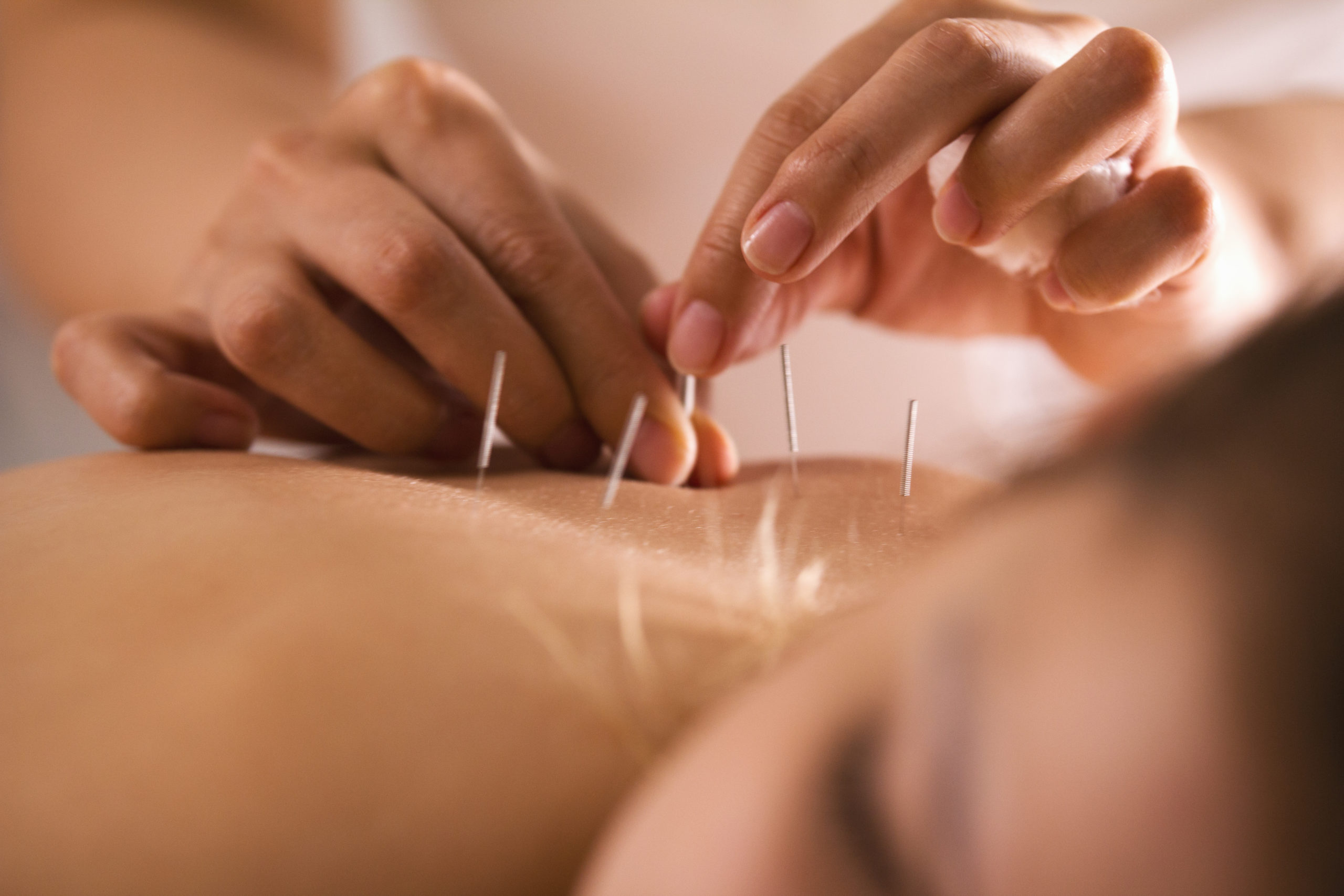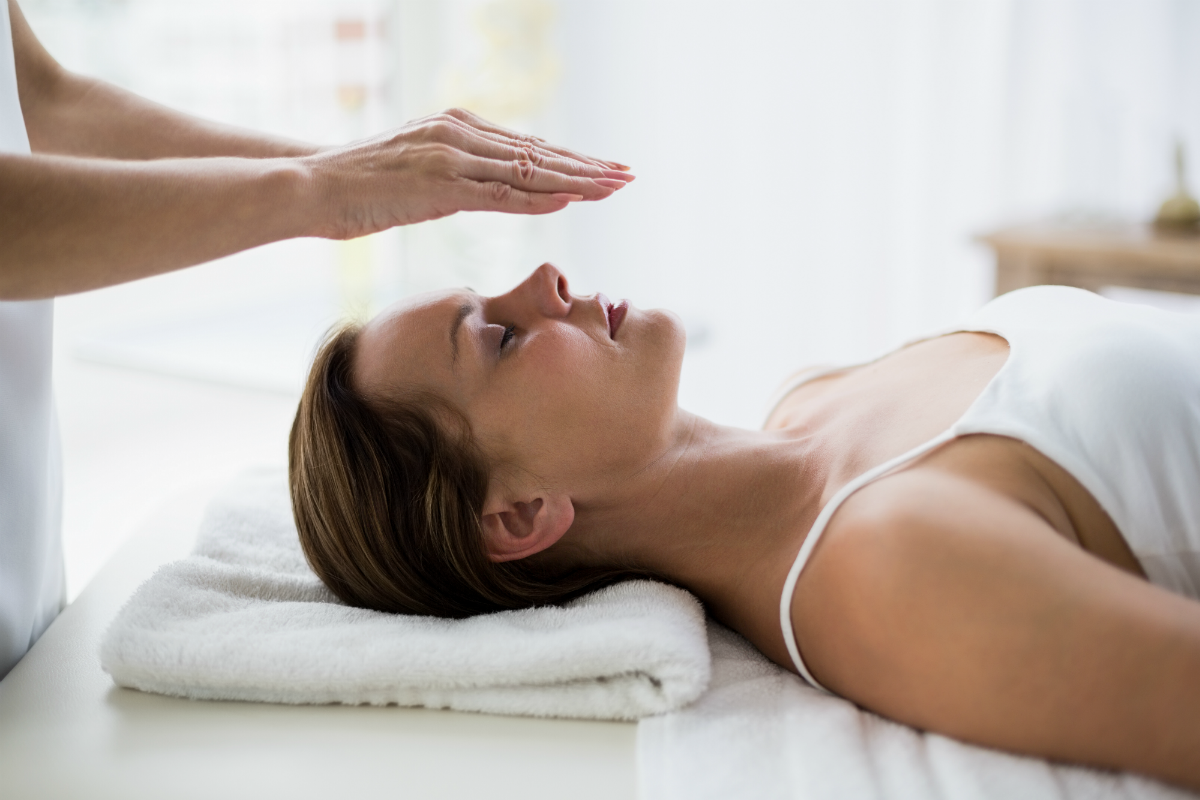If you are confused about the difference between dry needling and acupuncture, you’re not alone. On the surface, the treatments seem pretty similar. Both insert filiform needles in different areas of the body without injecting any liquid to heal ailments.
Same-same, right? Well, no.
There are actually several differences between dry needling and acupuncture, ranging from:
- Treatment origins
- Treatment providers
- Practitioner license requirements
- Reasons for treatment
- Comfort levels during treatment
- Areas and method of insertion
- Treatment benefits
- Overall treatment goals
And that’s just to name a few! If you wonder which treatment is best for your needs, here is a breakdown of dry needling vs. acupuncture.
Dry needling vs. acupuncture
It turns out that different superficial skin pokes can have dramatically different outcomes! From relieving tight muscles to improving sleep, you can experience impressive benefits from a dry needling or acupuncture treatment series. But understanding the differences in treatments will help you pick the right one!
What is dry needling?
Dry needling – also called intramuscular stimulation – is a new muscle therapy developed in the 1980s. Dry needling inserts filiform needles in different muscle groups across the body to cause muscle stimulation. It is a version of trigger point therapy, as providers insert needles in or around the point of muscle pain or discomfort. Treatment providers tend to be physical therapists, chiropractors or other professionals that focus on physical injuries or conditions. Because this practice is new and has limited research backing it, there aren’t specific certification requirements to practice dry needling.
How does dry needling work?
Practitioners say that dry needling helps loosen knots or muscle tension to relieve pain and increase range of motion. Insertion style tends to be a quick, in-and-out fashion, but that can differ from practitioner to practitioner.
Usually patients opt for dry needling when they have specific muscle pain. It can also decrease the effects of osteoarthritis.
As needles are inserted deeper during dry needling treatments than during acupuncture treatments, many patients experience intense sensation, discomfort or pain at varying degrees. Bruising or sensitivity at insertion sites after the treatment is common.
What is acupuncture?
As far as healing practices go, acupuncture has been around the block and then some. Acupuncture has been a part of traditional Chinese medicine for over a thousand years, leveraging over 2,000 insertion points along the meridian lines of the body. Acupuncturists believe that ailments can develop by the blockage of chi flowing through the body. The overall goal of acupuncture is to improve the flow of chi- or energy – through the body to help relieve any physical or mental ailments.
Thanks to the extensive research conducted on the benefits of acupuncture, acupuncture is included under the umbrella of standardized medicine. That means there are requirements in place to become a licensed acupuncturist. Licensed acupuncturists train for 3-4 years and undergo national board testing to accurately diagnose and treat patients.
How does acupuncture work?
Because this practice focuses on the flow of energy, many practitioners pay special attention to the comfort levels of their patients and treat patients in a calm, soothing environment. Needles are inserted for 15-30 minutes and cause next to no pain or discomfort – though some insertions may feel more ‘electric’ than others.
There are several valid reasons to consider acupuncture, including:
- Back pain
- Neck pain
- Anxiety or depression
- Trouble sleeping
- Increased fertility
- Addiction
Though the full list of benefits is a very long one. After treatment, patients may experience fatigue, muscle twitches or even increased energy. Sensitivity at insertion sites is common.
The differences between dry needling and acupuncture
TLDR? Here is a quick dry needling vs. acupuncture summary:
Dry needling is a newer treatment option provided by chiropractors and physical therapists where needles are inserted into stiff or painful muscle areas to stimulate trigger points, relieve pain and increase range of motion. There are few regulations or requirements set in place to practice this treatment.
Acupuncture is a thousands-year-old ancient Chinese medicine practice where needles are inserted in meridian points for long periods to leverage energy (chi) and naturally heal a long list of physical and mental ailments.
As for which one is best for you – it comes down to what you want out of the treatment! If you have a specific muscle group that needs attention, dry needling is a good option. If you want to reduce stress, improve sleep or increase organ productivity, acupuncture is best for you.
If you want to explore the different natural healing treatments in your area, we can connect you with the best practitioners in the city. See the options in your area on the ClassPass app!





